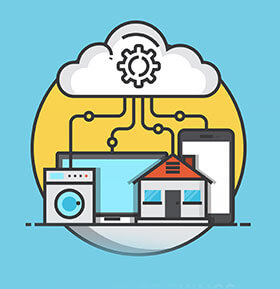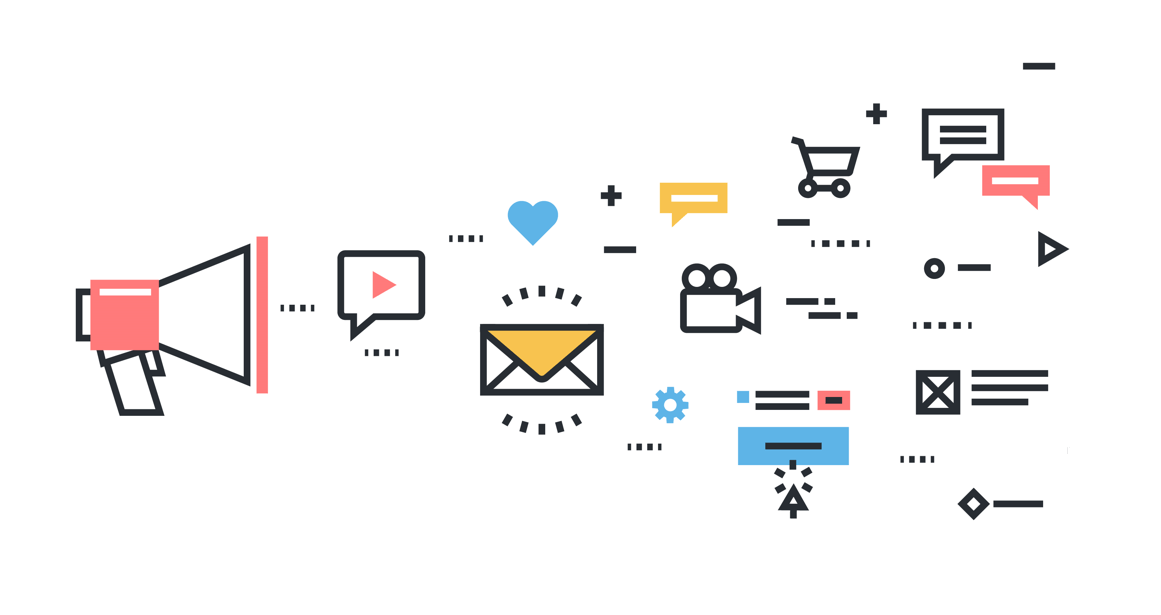Introduction
If you’ve ever sent an email, chances are that you’ve received an email that was less than stellar. Perhaps it had bad grammar or spelling mistakes, or maybe the content wasn’t relevant to you. It could have even been written by someone with no personality at all—a robot, if you will! But while we’ve all dealt with these kinds of emails before (and probably as a sender too), there’s another type of email that is even more frustrating: The one that never gets opened because it just doesn’t pull at our heartstrings enough. After all, why would anyone want to open and read an email if they’re not really interested in what’s inside?
Keep it short.
You can’t go wrong with short emails.
Why? Because it’s easier for your recipients to process, easier to scan and easier to read.
If you need to write something longer than a few sentences, break it up into multiple emails instead of trying to jam everything into one email. This is especially important when you’re selling something, because people are more likely to ignore long emails that look like spam than they are shorter ones with bullet points and clear calls-to-action (CTAs).
You should also use bullet points, short paragraphs, short sentences and other techniques that help keep things simple and easy-to-follow.
Use a clear, attention-grabbing subject line.
- Be clear and concise. The subject line should be a clear statement of what you want your reader to do. It should not be overly long, nor should it ramble on or try to explain everything in the email.
- Use numbers or questions. Numbers are great for grabbing attention because they’re easy to remember (and thus, easy to act on). Questions can also work well if the question is intriguing enough that the reader wants to find out more about it—think probing questions like “Have you ever wondered why I’m sending this email?”
- Make it relevant for them. If there’s some information about your product or service that’s particularly relevant for this particular person, include that fact in the subject line as well as in other parts of the email (like its body text).
Have a clear call to action.
The most important part of your email is the call to action. Make sure it is clear, concise and relevant to your audience.
- Include a button or link with a clear message.
- Include a time limit on what they need to do (i.e., “call me now”).
- Use an action that makes sense for the product or service you are selling (i.e., “get started today”).
Be personal and friendly.
- Use first names. When you call someone by their name, it shows them that you know and care about them. If a customer comes directly to you, use their name in the first sentence of your email (and every time thereafter).
- Be friendly and sincere. Your tone should be warm, polite and conversational, not stuffy or formal. Use contractions like “I’m” instead of “I am” and keep sentences short when possible so they’re easier to read quickly on mobile devices. If you want to add personality into your email while still being professional-sounding at the same time, try adding emojis! The smiley face emoji is my favorite because it conveys friendliness without being over-the-top cheesy—just remember not to go overboard with them (no more than two per paragraph!)
Include social share buttons.
You should consider adding social media share buttons to your emails. It’s important to make it easy for people to share your content, because they’ll want to do it. The more you can make them feel like they’re helping you succeed by sharing, the better!
Here’s what you need to know about where and how many buttons should go:
- Make sure the buttons are visible. If they’re not visible, then there’s no way anyone will be able to click on them—and if there’s no way anyone will be able to click on them, then why did we bother putting them there in the first place?
- Make sure the buttons aren’t too small or too big. You don’t want people squinting at their screens trying desperately to find something (a problem that could easily be solved if only those tiny little things weren’t so darn hard). You also don’t want people accidentally hitting other parts of the page because their fingers were just too big (another problem that could easily be solved if only those huge things weren’t so darn hard).
- Don’t put your social media share buttons too far away from your text, but also don’t put them too close together either—especially if they are different sizes/colors/styles than each other or any other elements on page: these three factors can make it difficult for readers who have dyslexia (or color blindness) interpret meaning correctly when looking at image content online.”
Create a simple layout.
- Create a simple layout.
- Use a template and make sure it’s easy to read, or use an email client that does the legwork for you (like MailChimp)
- Don’t make your email too long – this is often where I see people go wrong when writing their sales emails; they try to add too much information which makes their emails hard to read and navigate through!
Create a sense of urgency.
In a persuasive tone:
The best way to create a sense of urgency is by using a deadline. This can be an actual deadline, like June 1st or 3 weeks from now, or it can be a vague deadline, like “as soon as possible” or “today.” Either way, giving the reader an end date helps them see that this deal will expire in X days (or hours) and they need to act now!
Also keep in mind that deadlines don’t just have to occur on paper; they can also exist digitally through email campaigns. If you’re sending out emails regularly with new offers every week or two, try sending one out with an expiration date in your subject line! Something like “[Insert Company Name] sale ends tonight” will get people excited and make them want to buy right away before it’s too late!
Know your audience’s pain points and address them in your email.
- Know your audience’s pain points and address them in your email.
When you send an email out to someone, it’s important to know a little bit about who will receive the message. In the case of a cold email, this could be someone who has never heard of you before. When sending emails for sales or lead generation purposes, however, knowing a little bit about your target market can make all the difference between getting ignored or getting results! This means knowing what they want and need so that you can offer solutions that solve their problems.
- Be personal (but not creepy). An effective way to do this is by asking questions like:
> What are some challenges with [product/service]?
> How do you handle those challenges today?
> What would help most with these challenges?
>Tell stories to engage the reader
Conclusion
Sometimes, all it takes to get someone interested in your product is a well-crafted email. You just need the right words and a clear call to action. In this post, we’ve outlined some basic rules for writing great emails that convert—and we hope they’ll help you bring more people on board with your business!
How To Create Passive Affiliate Income Funnels That Provide REAL Value, Build Trust & Convert Visitors Like Crazy!






